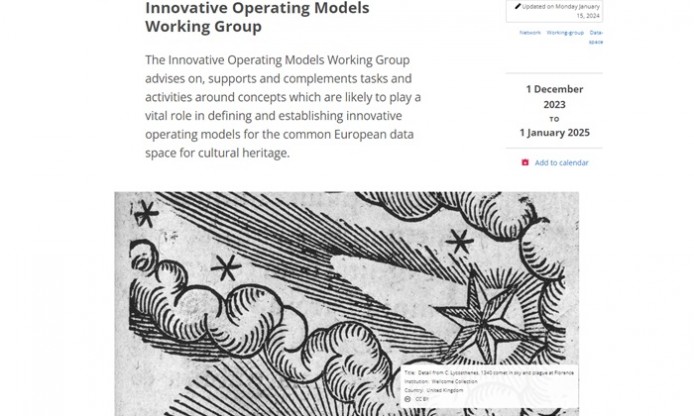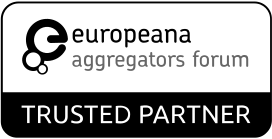img. from Europeana Pro blog.
During 2022-2023, Photoconsortium participated in the SOLID-based Decentralised Aggregation Task Force of the Europeana Aggregators Forum, which studied the feasibility of moving forward to a decentralised (e.g. SOLID-based) aggregation model by conducting a series of interviews and focus groups not only with aggregators, but also with other players in the data space realm.
Combining these activities with further desk research, the Task Force looked at technological alternatives for decentralisation and the issues accompanying a possible transition to a new form of aggregation especially in terms of governance and organisation. Whether to apply a more or a less centralised operating model is a key issue for most networked organisations, which is currently understood as being the type of organisation that could be the best fit for the Europeana Initiative and – in extension – a possible model for the common European data space for cultural heritage.
- A centralised approach is understood as one where business decisions are made at the top and distributed down to the branches or hubs of an organisational network. Those branches and hubs thereby all operate in a similar way and the input of local managers on the manner of operations is limited. A centralised approach can often lead to an initiative being slow to respond to changes in their business environment or locally.
- A decentralised approach, on the other hand, is understood as one where decision-making is enabled for managers and staff further down the chain, providing them with more responsibilities fit for their specific area and context. A decentralised approach can often lead to an initiative being able to respond quickly to changes in the operational environment.
The Task Force published its final report in summer 2023, including five main recommendations: further exploration of the topic, evolution of use cases, piloting a decentralised approach, and evaluating the impact of such an approach on the aggregation landscape on the one hand and data governance and the governance of the data space on the other hand. With this, the Task Force is understood to be complementary to other inititiaves in the Europeana Network Association, parrticularly the ENA EuropeanaTech community, and its tasks have been picked up by the cross-Initiative Innovative Operating Models Working Group, which kicked off at the end of 2023. The Innovative Operating Models Working Group advises on, supports and complements tasks and activities around concepts which are likely to play a vital role in defining and establishing innovative operating models for the common European data space for cultural heritage. The scope of this Working Group is to support any tasks and activities relating to the questions of centralisation and decentralisation conducted within the possibilities and boundaries of the deployment contract for the common European data space for cultural heritage.
This effort and blog are part of the project on a common European data space for cultural heritage, for supporting reuse of digital resources and capacity building in the area of digital transformation of the education and cultural sector.


